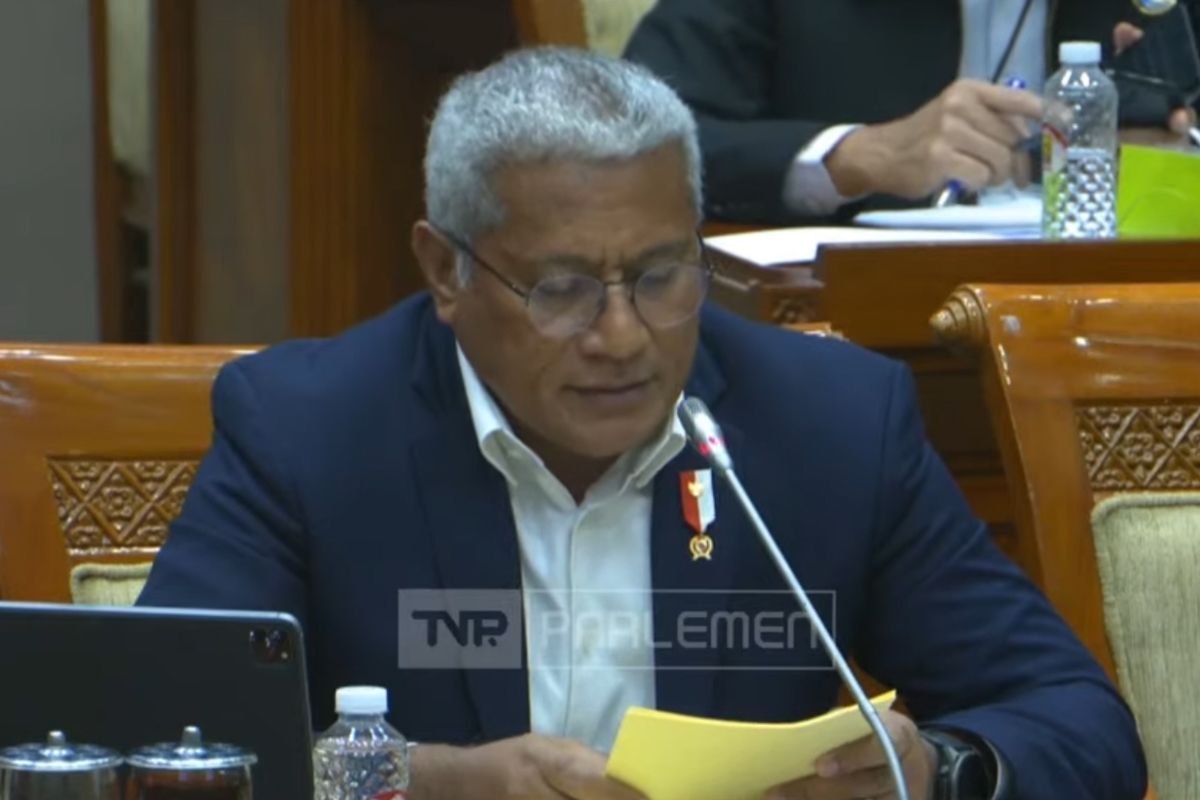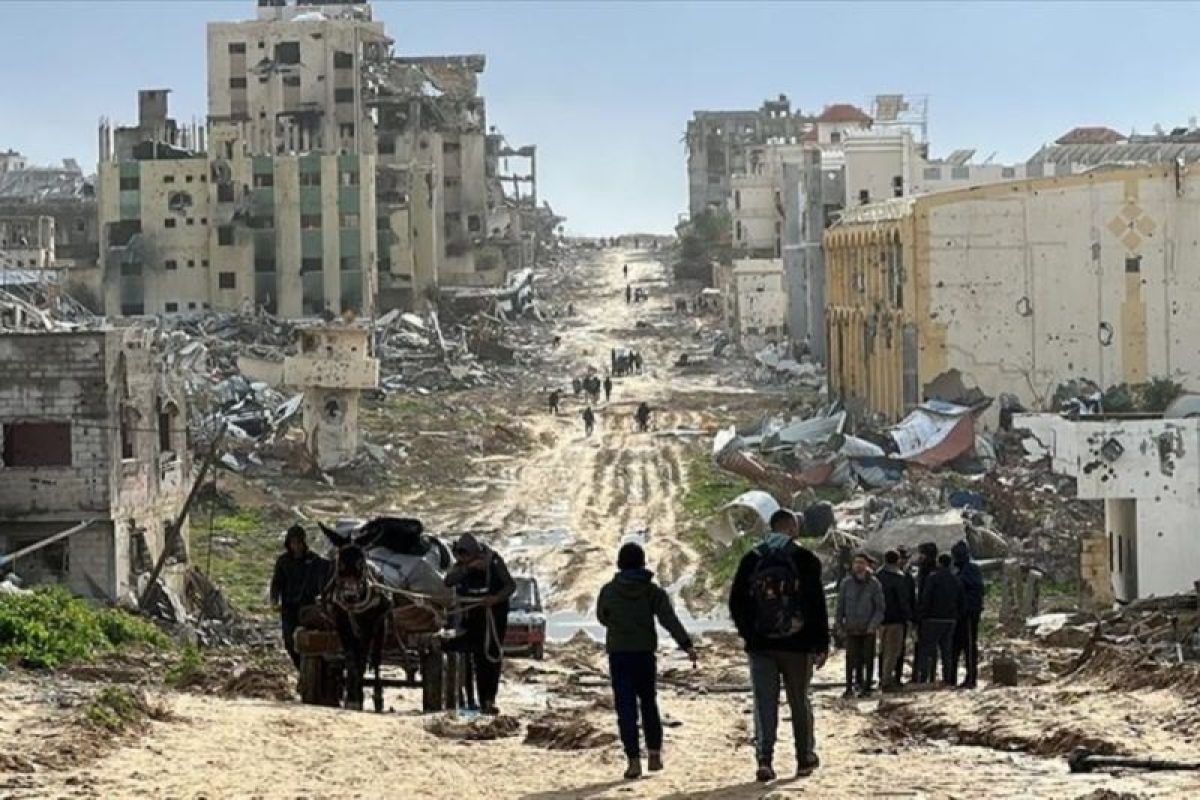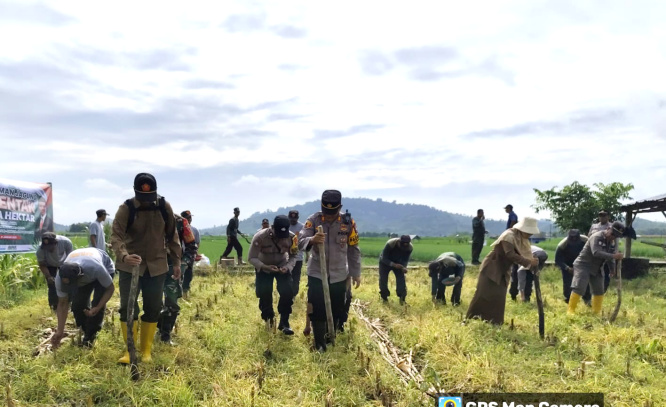National Strategic Projects are Destroying Palu Bay
Hills in Palu are being cleared. The soil and sand are being excavated to build the Nusantara Capital City and food estates. Distributing environmenta

TEMPO.CO, Jakarta - Hills in Palu are being cleared. The soil and sand are being excavated to build the Nusantara Capital City and food estates. Distributing environmental destruction.
ONE by one, the hills in Central Sulawesi have disappeared. Rocks and sand have been extracted on a huge scale to build the (IKN) in East Kalimantan and for the food estate project in , South Papua. This has made the formerly green hills in Palu Bay and Donggala pockmarked and dry.
Throughout 2024, the harbourmaster’s office and the Bay Port Authority recorded a 7.4 million tons of class C excavated products have been sent to the IKN and other regions, including Merauke. Class C refers to material in the form of rocks, sand, clay, and the like. In the last five years, extraction of class C materials in the province has ravaged an area of 100,362 hectares—equivalent to three times the area of Yogyakarta. Mining companies have destroyed hills only 100 to 200 meters from roads and housing.
The people of Central Sulawesi are right to be angry because their hills and land have been destroyed in order to fulfill the ambition of the government to build the IKN and —two National Strategic Projects that have not been properly planned and bring more disadvantages than advantages. This extraction has only increased the income of regional governments and benefited a small number of local elites, while the general public has to bear the burden of the destruction.
The extraction that is damaging the environment in Central Sulawesi has triggered many disasters, such as landslides and flooding during the rainy season. According to the National Disaster Mitigation Agency, the mining indirectly caused the inundation of gravel and mud in Palu in September 2024, which also damaged the Palu-Donggala axis road, the main link between the two regions.
Even without this destructive intervention, the soil in Palu is prone to liquefaction because it is dominated by sand and small stones, and the water table is very close to the surface. Sulawesi is also the meeting point of the Eurasia, Indian-Australian, and Pacific plates, meaning there are frequent earthquakes. The extraction that has removed these hills and the logging in Palu has worsened the quality of the land and water, meaning that there is a higher risk of liquefaction, and it can even happen spontaneously.
This extraction has also caused air pollution. According to the Central Sulawesi Mining Advocacy Network, the level of PM2.5 fine dust particles increased in May 2024 in Palu. Measurements of air quality carried out by the Lore Lindu-Bariri Global Atmospheric Observation Station show that the level of fine particles has reached 69 micrograms per cubic meter, classed as unhealthy. There are indications that dangerous dust from the type C extraction has caused acute respiratory infections in 2,422 people, including babies and children. In the long term, more serious complications could include heart and lung disease.
These negative impacts show how far these have deviated from the government’s promises. Instead of distributing development equally, they have evened out environmental destruction. The soil from Central Sulawesi has been overexploited for the sake of projects in other regions, with no consideration of the impact on the region where it has been taken from. This type of project must be stopped because the negative impacts are too serious to be ignored.




















